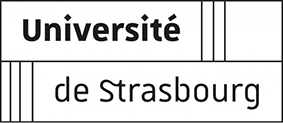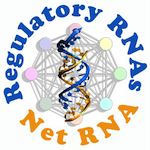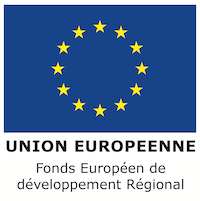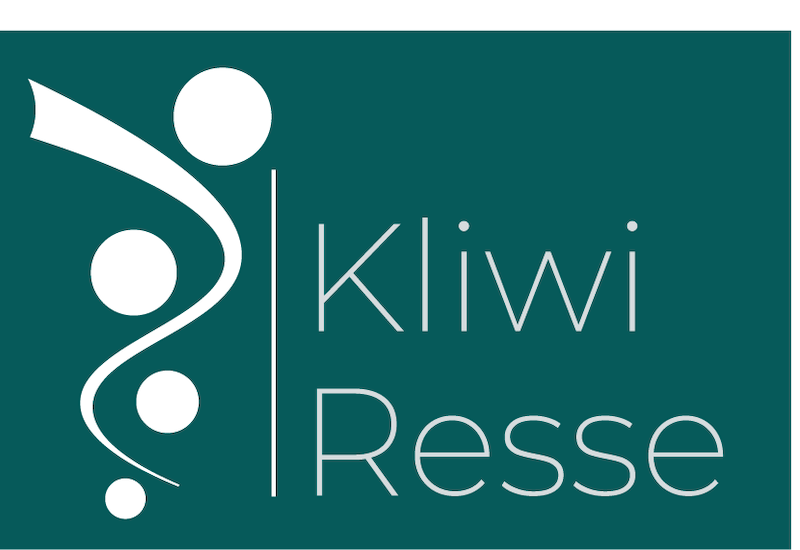Wastewater treatment produces sludge, which is further processed (mechanically, thermally, chemically) to be transformed into biosolids, suitable for various applications. Historically, these biosolids were primarily spread in fields as soil amendment. In recent years, there has been growing interest in using these biosolids in engineering applications (such as brick and cement manufacturing) or in agroforestry, for example. The reuse of these biosolids requires prior analysis to verify the absence of compounds harmful to the environment or human health. Among these compounds, heavy metals and persistent organic pollutants are closely monitored, as the presence and abundance of some of them are restricted by national or international regulations.
However, analyzing these heavy metals and persistent organic pollutants demands (i) large quantities of biosolids, (ii) a variety of analytical instruments, (iii) relatively long sample preparation times, and (iv) the use of hazardous substances (strong acids) or high temperatures. All these elements limit the possibilities for routine analysis of biosolids before their utilization.
In a new study published in the journal Nature Communication, members of the PIMS platform led by Dimitri Heintz have developed a novel method for analyzing these biosolids based on mass spectrometry imaging. This technique requires very little starting material (1g is sufficient), the sample preparation takes less than 2 hours, does not require significant heating or the use of hazardous acids. Only one analytical instrument is needed to obtain the results. As a result, the proposed method allows for rapid and regular screening of heavy metals and persistent organic pollutants in biosolids, as well as in any other soil or compost sample.















